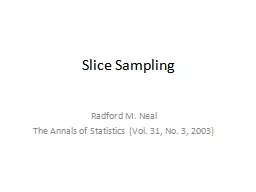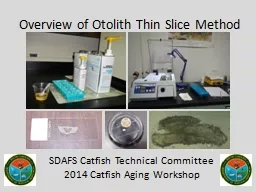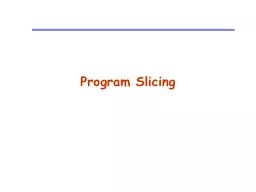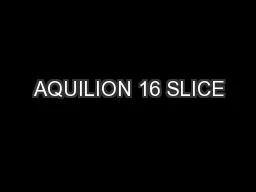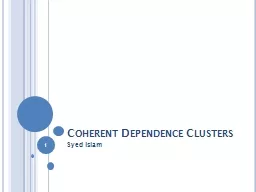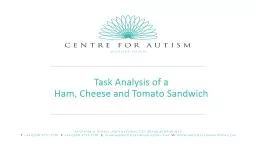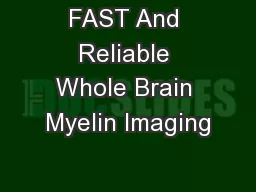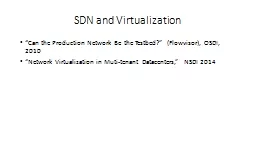PPT-Slice Sampling
Author : lindy-dunigan | Published Date : 2017-06-17
Radford M Neal The Annals of Statistics Vol 31 No 3 2003 Introduction Sampling from a nonstandard distribution Metropolis algorithm is sensitive to choice of proposal
Presentation Embed Code
Download Presentation
Download Presentation The PPT/PDF document "Slice Sampling" is the property of its rightful owner. Permission is granted to download and print the materials on this website for personal, non-commercial use only, and to display it on your personal computer provided you do not modify the materials and that you retain all copyright notices contained in the materials. By downloading content from our website, you accept the terms of this agreement.
Slice Sampling: Transcript
Download Rules Of Document
"Slice Sampling"The content belongs to its owner. You may download and print it for personal use, without modification, and keep all copyright notices. By downloading, you agree to these terms.
Related Documents

